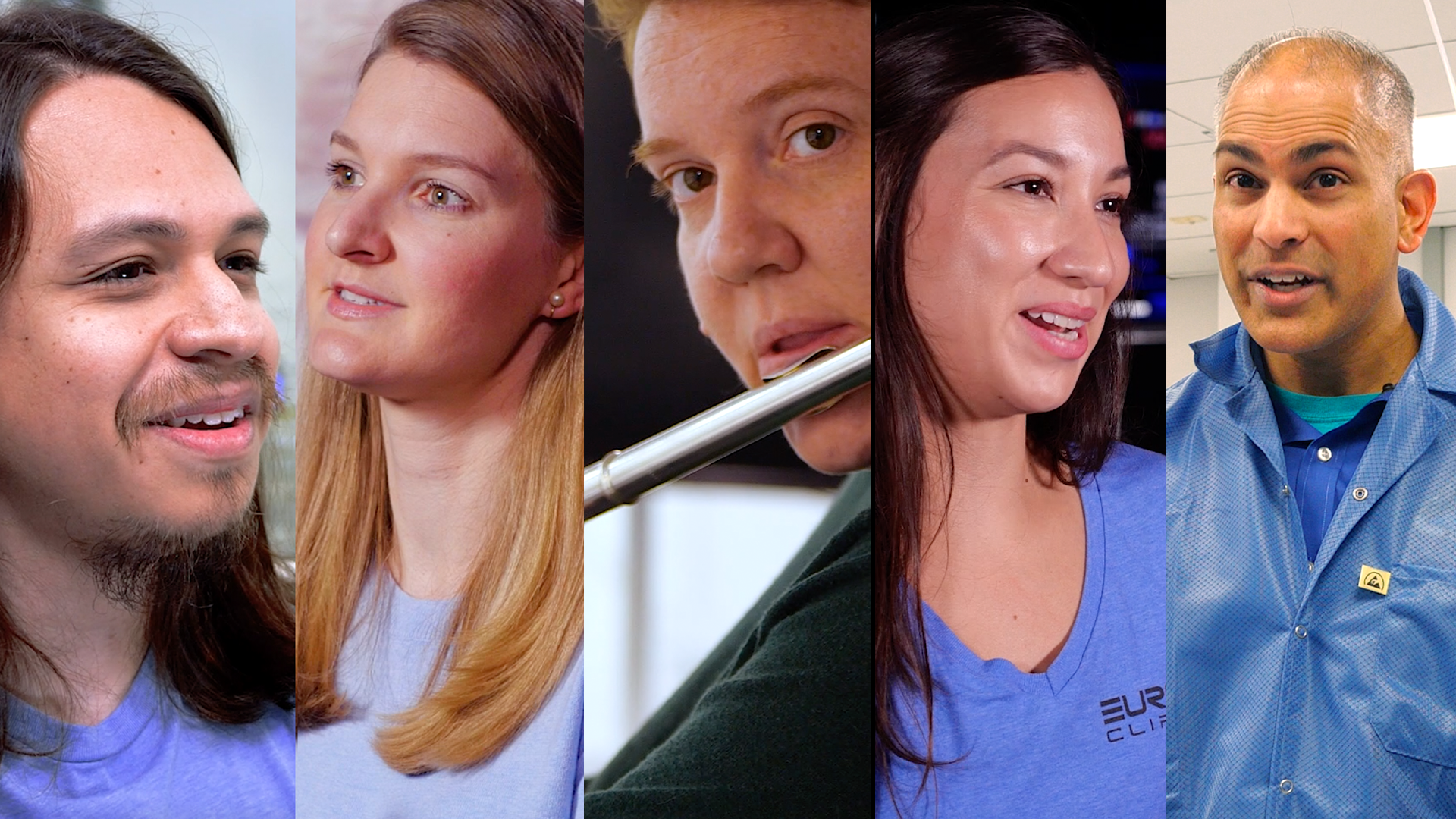NASA’s Europa Clipper Mission: Behind the Scenes
With the launch of NASA’s Europa Clipper mission just around the corner, a new series of short videos is offering a sneak peek into the lives and work of the engineers making this mission possible. These videos aim to provide a better understanding of what it takes to build a spacecraft designed to explore whether a distant moon harbors the ingredients for life.
The Mission at a Glance
Scheduled for launch starting October 10, the Europa Clipper mission is NASA’s first dedicated endeavor to explore an ocean world beyond Earth. The spacecraft will embark on a journey covering 1.8 billion miles (approximately 2.9 billion kilometers) to reach the Jupiter system. Its primary target is Europa, one of Jupiter’s moons, believed by scientists to have a global saltwater ocean beneath its icy crust.
"Behind the Spacecraft" Video Series
The new video series titled “Behind the Spacecraft” showcases the crucial roles of five engineers working on the Europa Clipper mission. Each episode provides a unique behind-the-scenes look at the different aspects of building and preparing the spacecraft for its mission. The videos are being released weekly on a dedicated YouTube playlist.
Meet the Team
Here are the key team members featured in the video series:
Dipak Srinivasan
Dipak Srinivasan serves as the lead communications systems engineer at the Johns Hopkins Applied Physics Laboratory (APL). His role is critical in ensuring that the Europa Clipper team can communicate effectively with the spacecraft throughout its mission. In the video, he explains the challenges and intricacies involved in setting up and maintaining the spacecraft’s communication systems.
Sarah Elizabeth McCandless
Sarah Elizabeth McCandless is a navigation engineer at NASA’s Jet Propulsion Laboratory (JPL). She played a pivotal role in planning the trajectory for Europa Clipper, ensuring that the spacecraft can safely reach Jupiter and execute multiple flybys of Europa. Her video delves into the complexities of spacecraft navigation and the precision required to achieve mission goals.
Jenny Kampmeier
Jenny Kampmeier is a science systems engineer at JPL, acting as a bridge between mission scientists and engineers. She ensures that the scientific objectives of the mission are met by aligning the spacecraft’s engineering capabilities with the scientific goals. Her insights offer a glimpse into the collaborative efforts required to harmonize science and engineering.
Andres Rivera
Andres Rivera, a systems engineer at JPL and a first-generation American, is responsible for the cruise phase of the Europa Clipper mission. This phase involves the journey from Earth to Jupiter. His video explains the importance of this phase and the preparations required to ensure a successful transit through space.
Valeria Salazar
Valeria Salazar, an integration and test engineer at JPL, played a vital role in testing the Europa Clipper spacecraft to ensure its readiness for launch. Hailing from Mexico, she provides a unique perspective on the rigorous testing processes that the spacecraft underwent to guarantee it can withstand the harsh conditions of space.
Interactive Opportunities
Europa Clipper experts will be answering questions about the mission during a NASA Science Live show. The English broadcast is scheduled for Tuesday, October 1, and the Spanish broadcast for Thursday, October 3. These broadcasts will be available on various platforms, including NASA+, YouTube, Facebook, and X (formerly known as Twitter). The Spanish broadcast will also be streamed on the NASA en Español YouTube channel. Viewers are encouraged to submit their questions using the hashtag #askNASA or by leaving comments during the live streams.
The Largest Planetary Mission Spacecraft
The Europa Clipper spacecraft is the largest ever developed by NASA for a planetary mission. It is designed to endure the most intense radiation environment found in our solar system. During its mission, the spacecraft will orbit Jupiter and perform multiple flybys of Europa. It will collect an extensive array of scientific data using nine science instruments and conduct an experiment utilizing its telecommunications system to gather gravity data.
Mission Management and Development
The Europa Clipper mission is managed by Caltech in Pasadena, California, with JPL leading its development in partnership with the Johns Hopkins Applied Physics Laboratory (APL) in Maryland. The spacecraft’s main body was a collaborative effort between APL, JPL, and NASA’s Goddard Space Flight Center in Maryland. The Planetary Missions Program Office at NASA’s Marshall Space Flight Center in Alabama oversees the program management, while NASA’s Launch Services Program at Kennedy Space Center in Florida manages the launch service.
Learn More
For those interested in learning more about the Europa Clipper mission, additional information is available on the official mission website: Europa Clipper
The Europa Clipper mission represents a significant step forward in our quest to explore the potential for life beyond Earth. Through the dedication and expertise of its engineering team, this mission aims to unlock the mysteries of Europa’s hidden ocean and its potential to support life. The new video series provides a fascinating glimpse into the hard work and dedication required to bring such a monumental mission to fruition.
For more Information, Refer to this article.


































